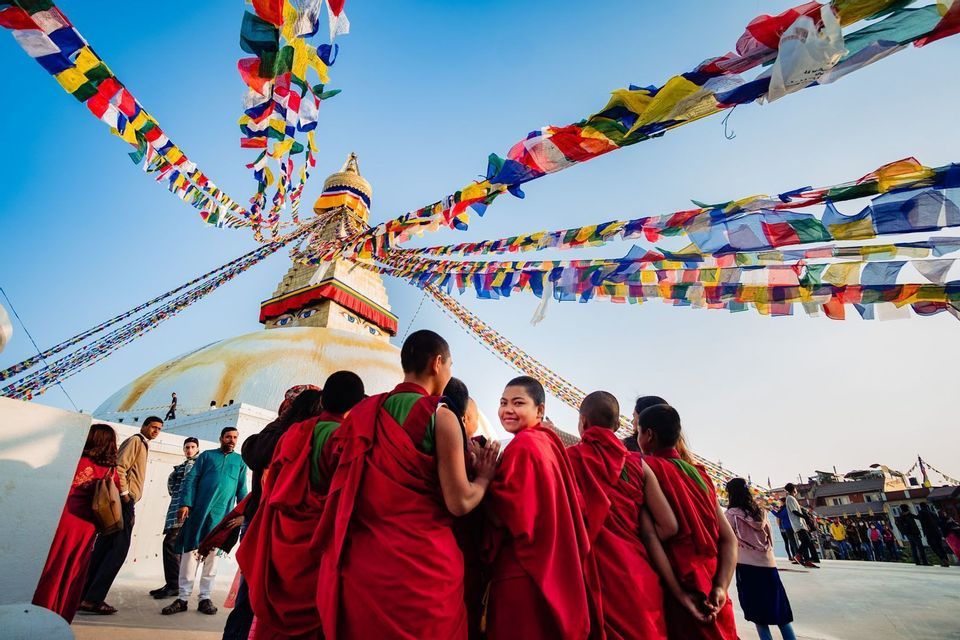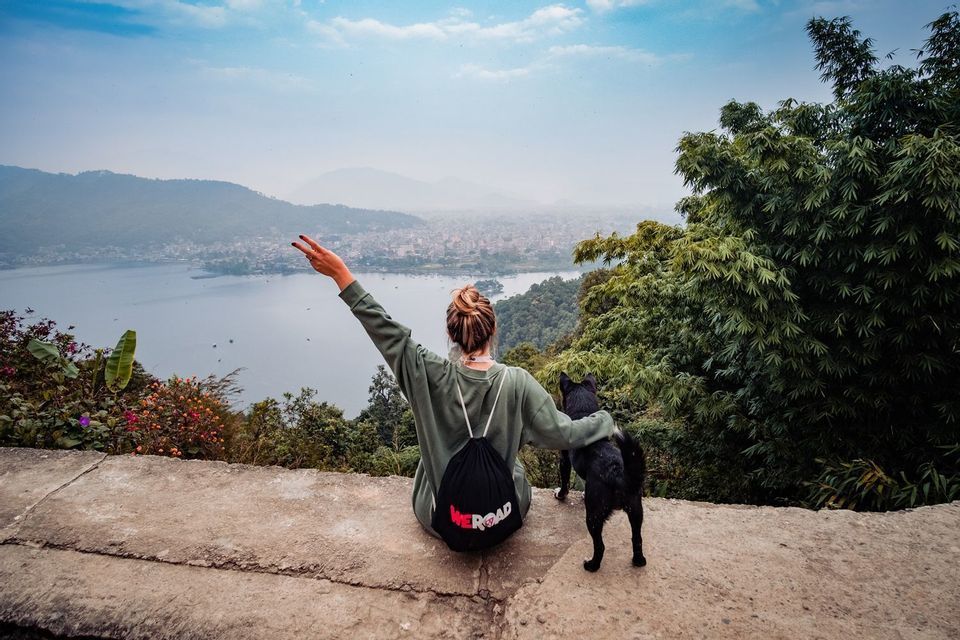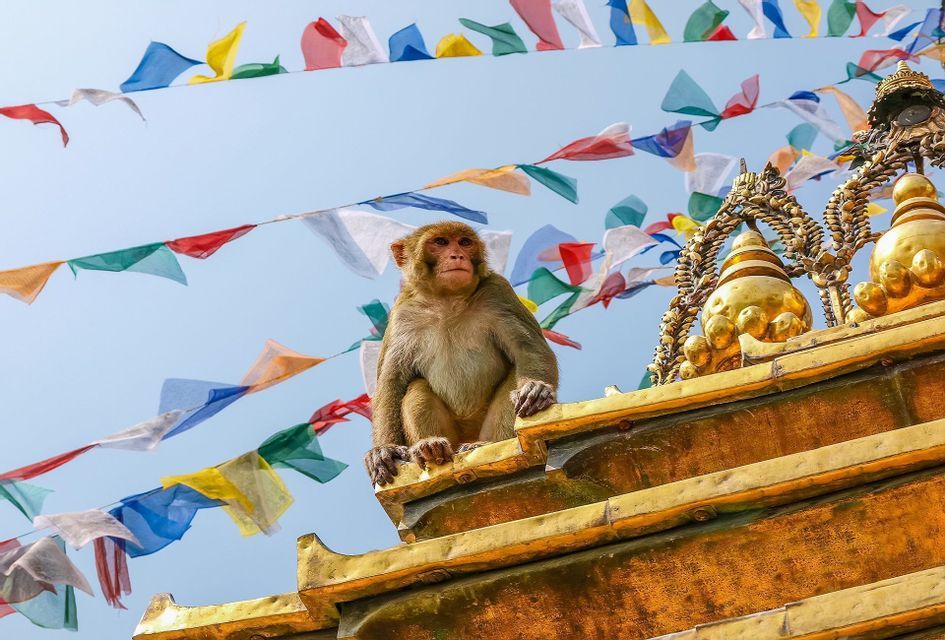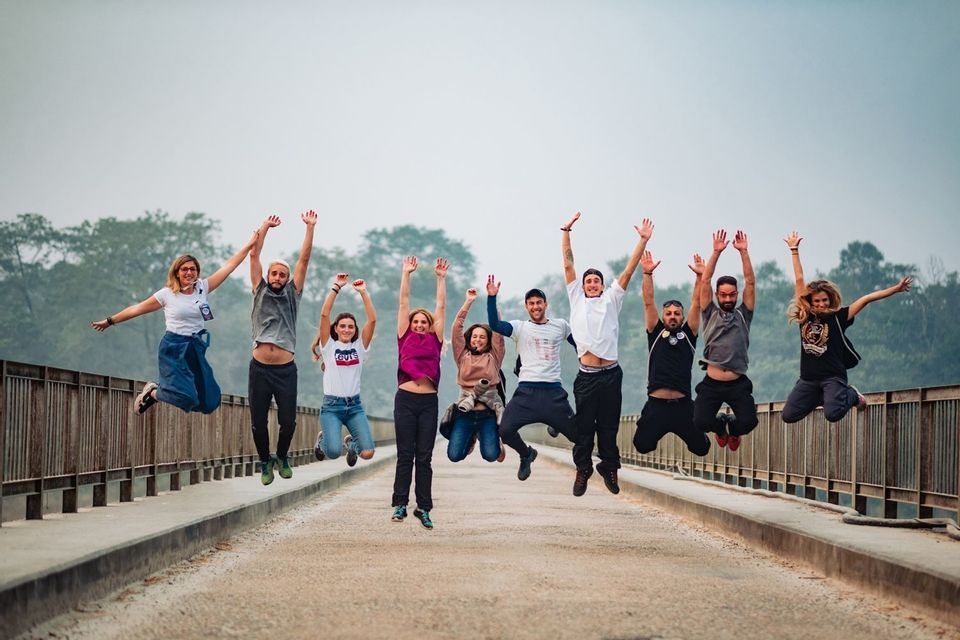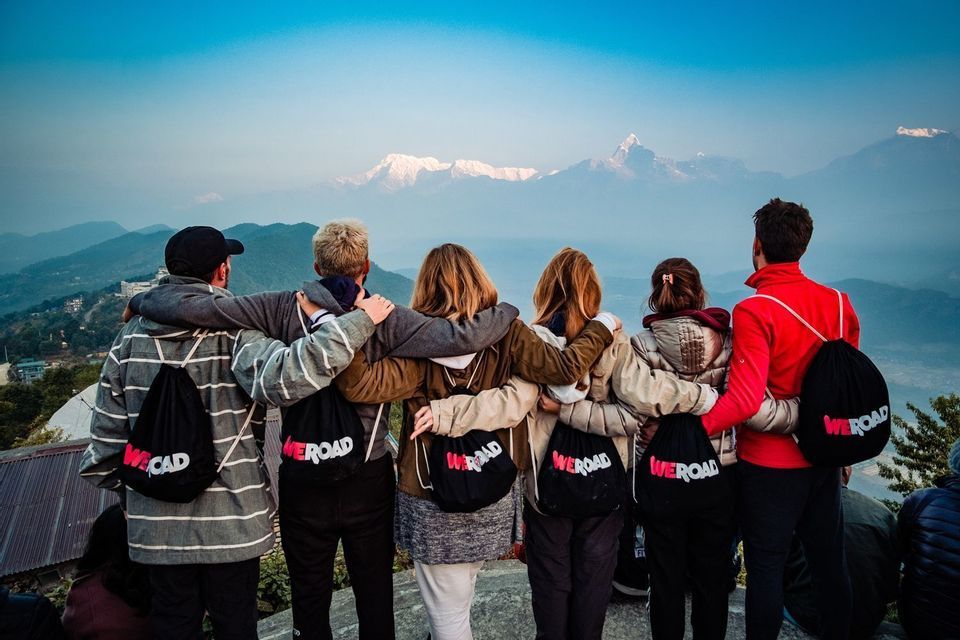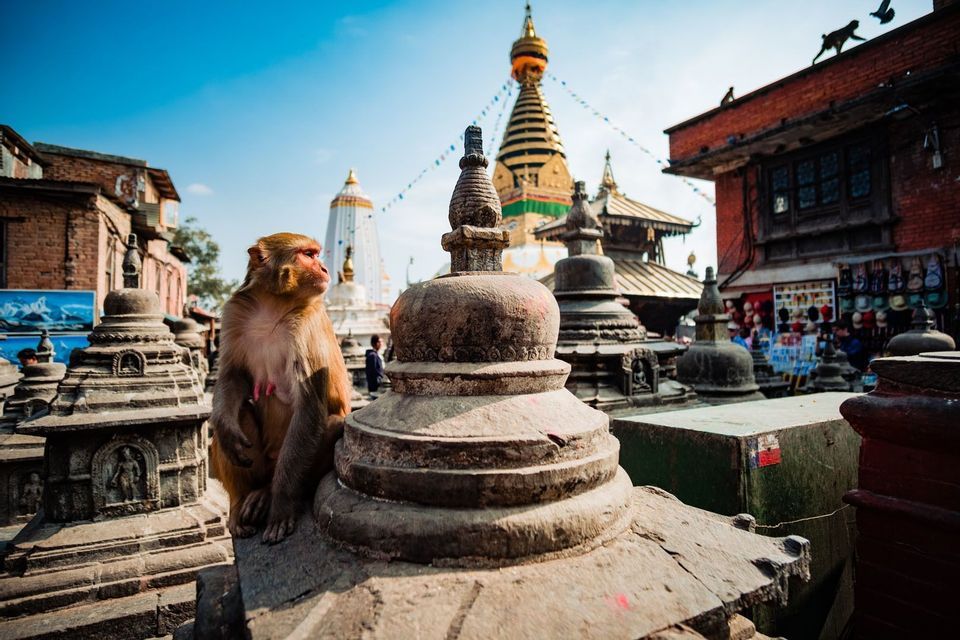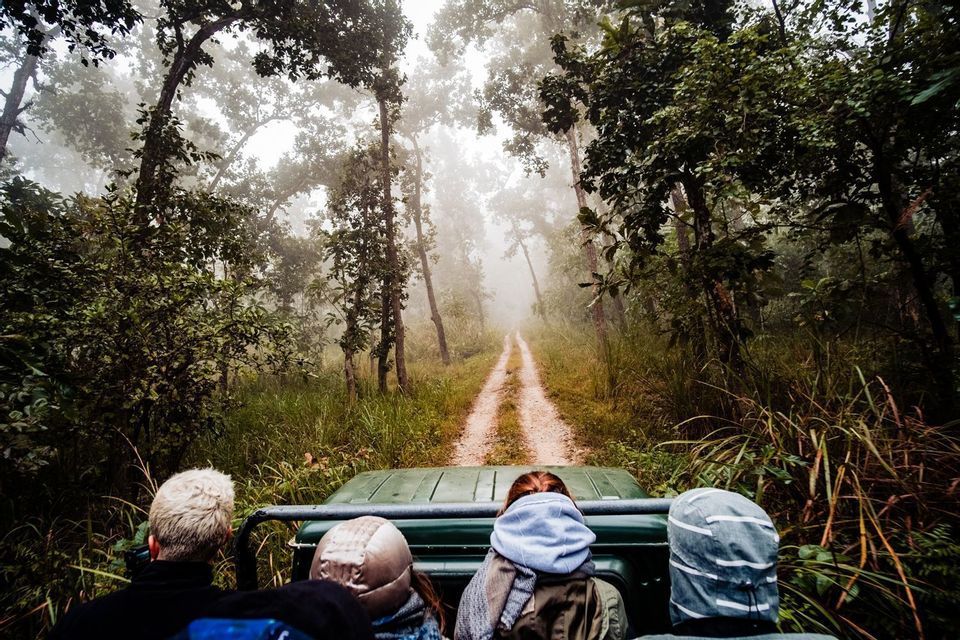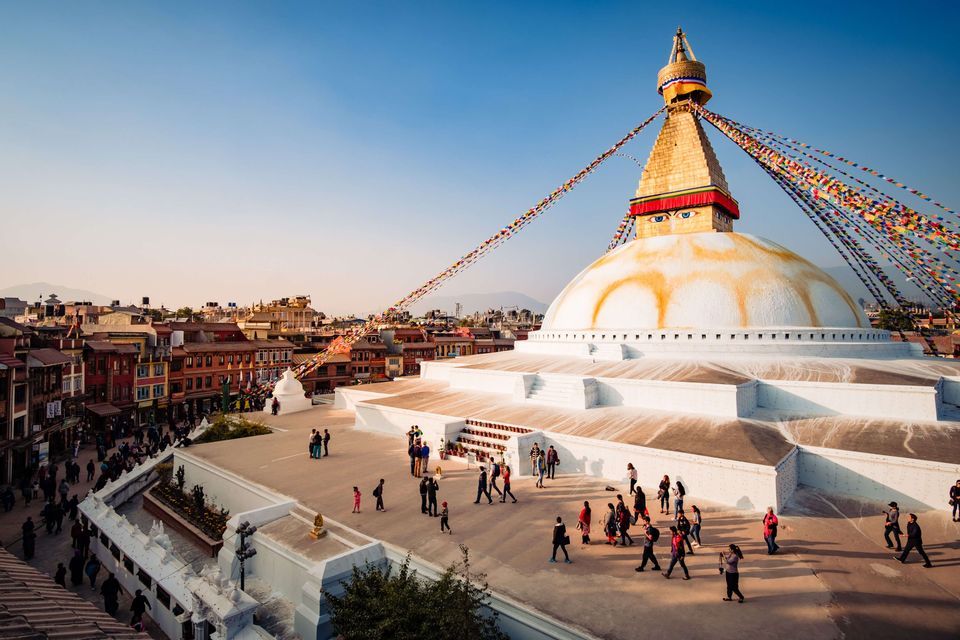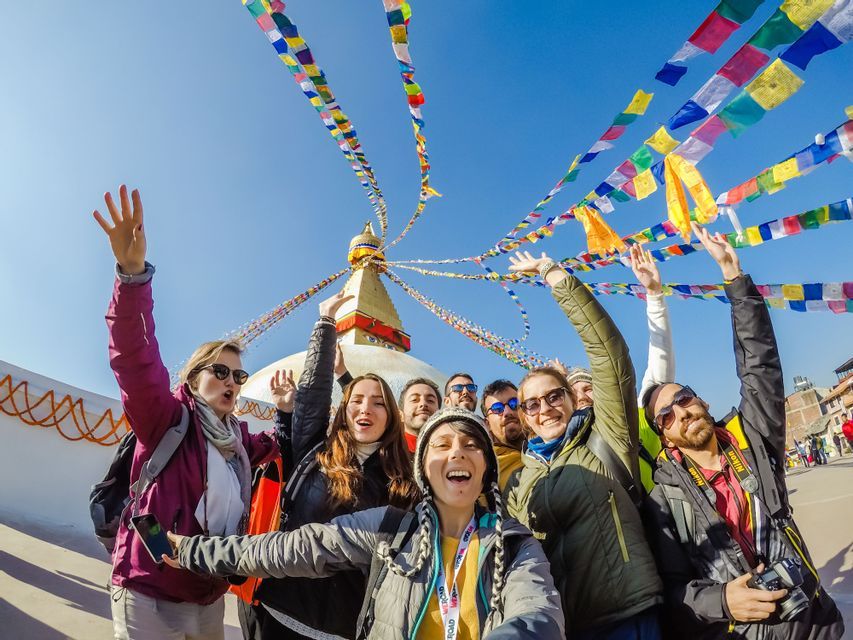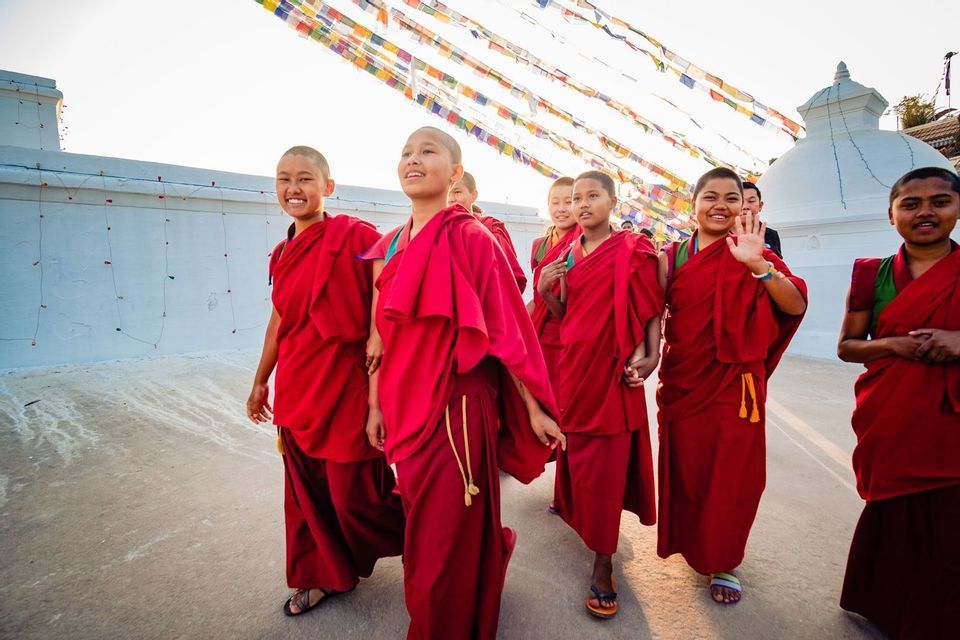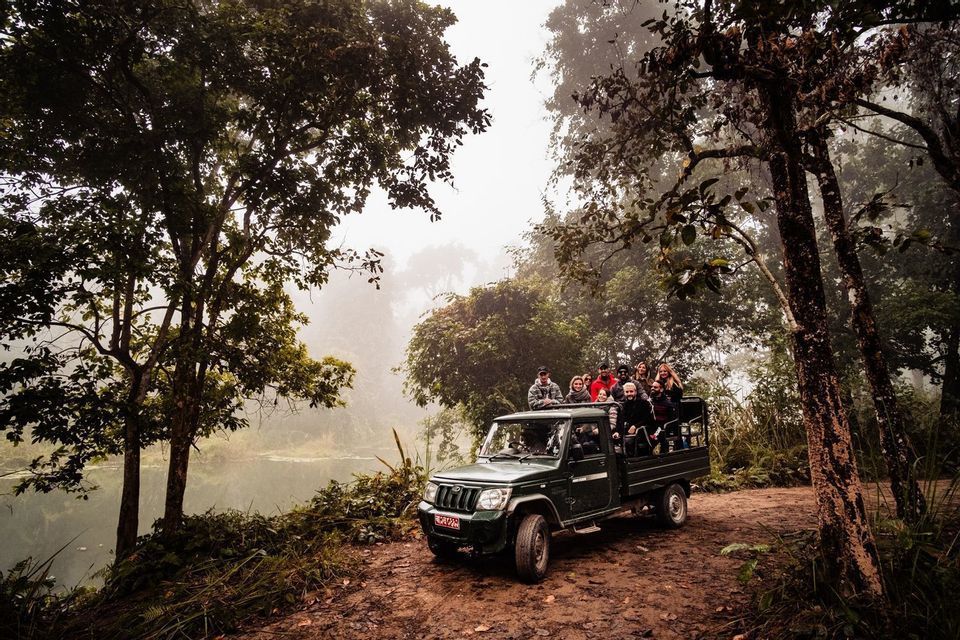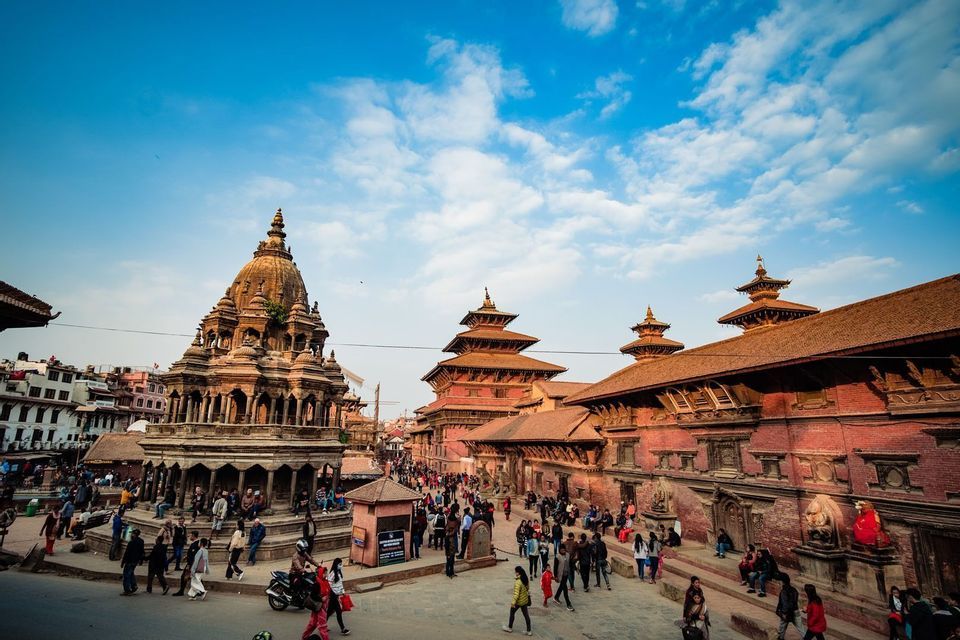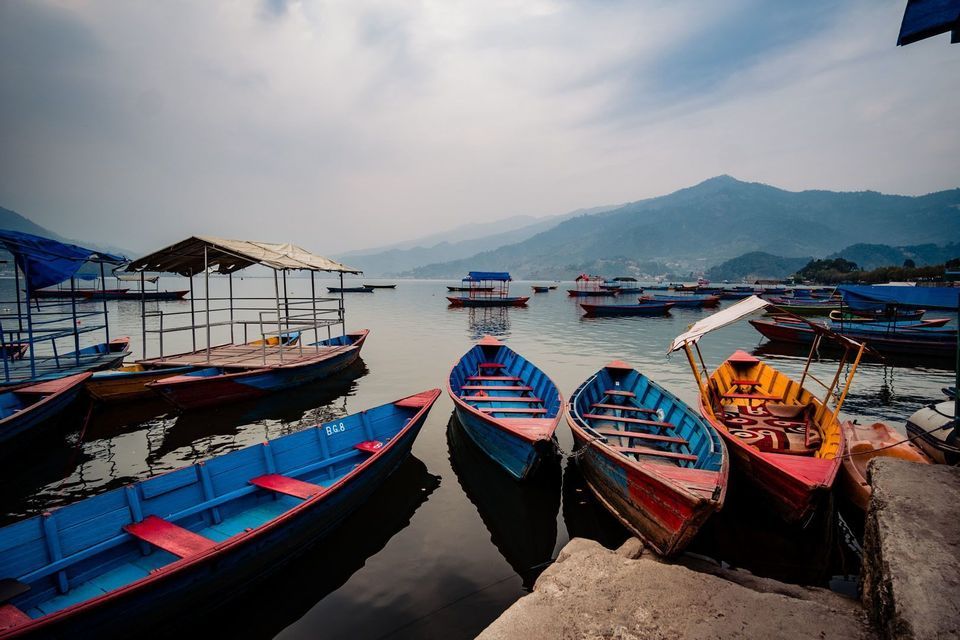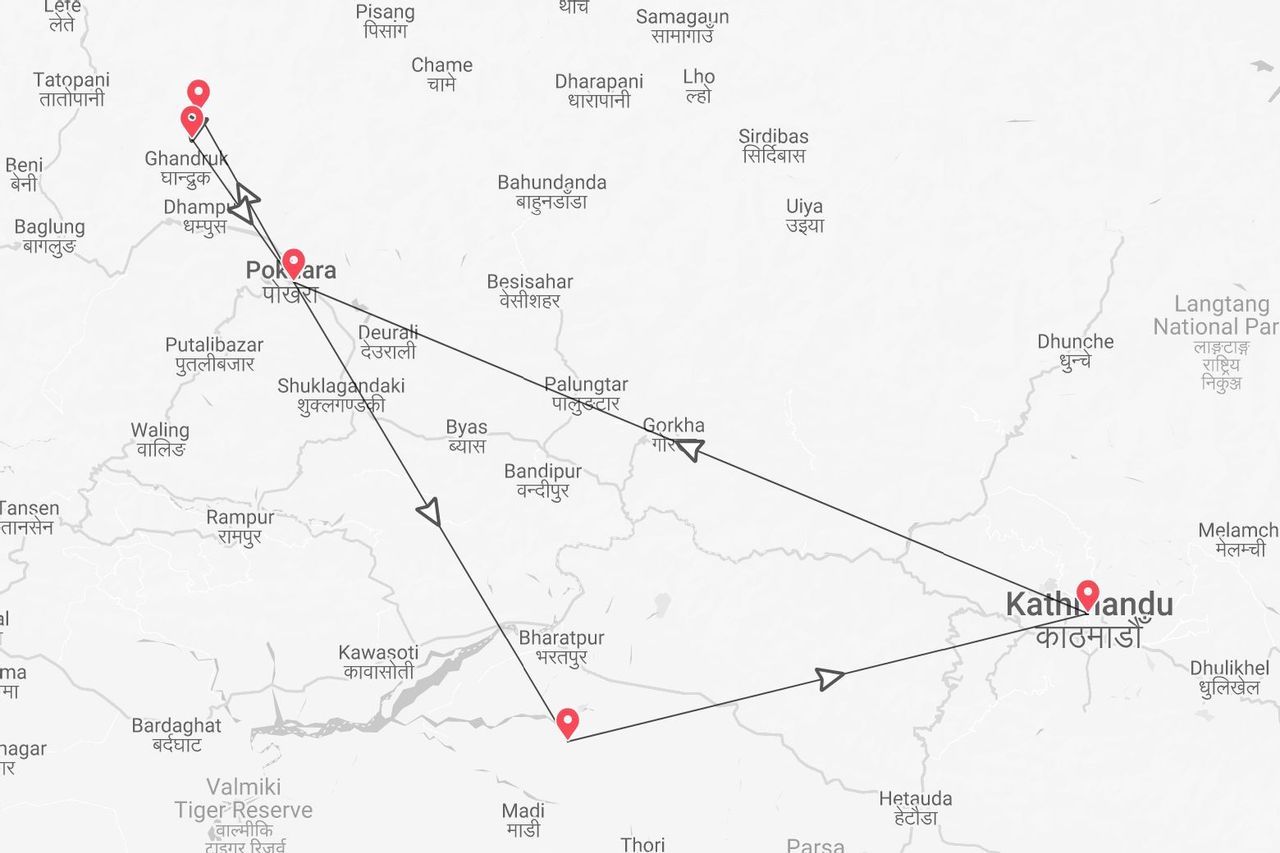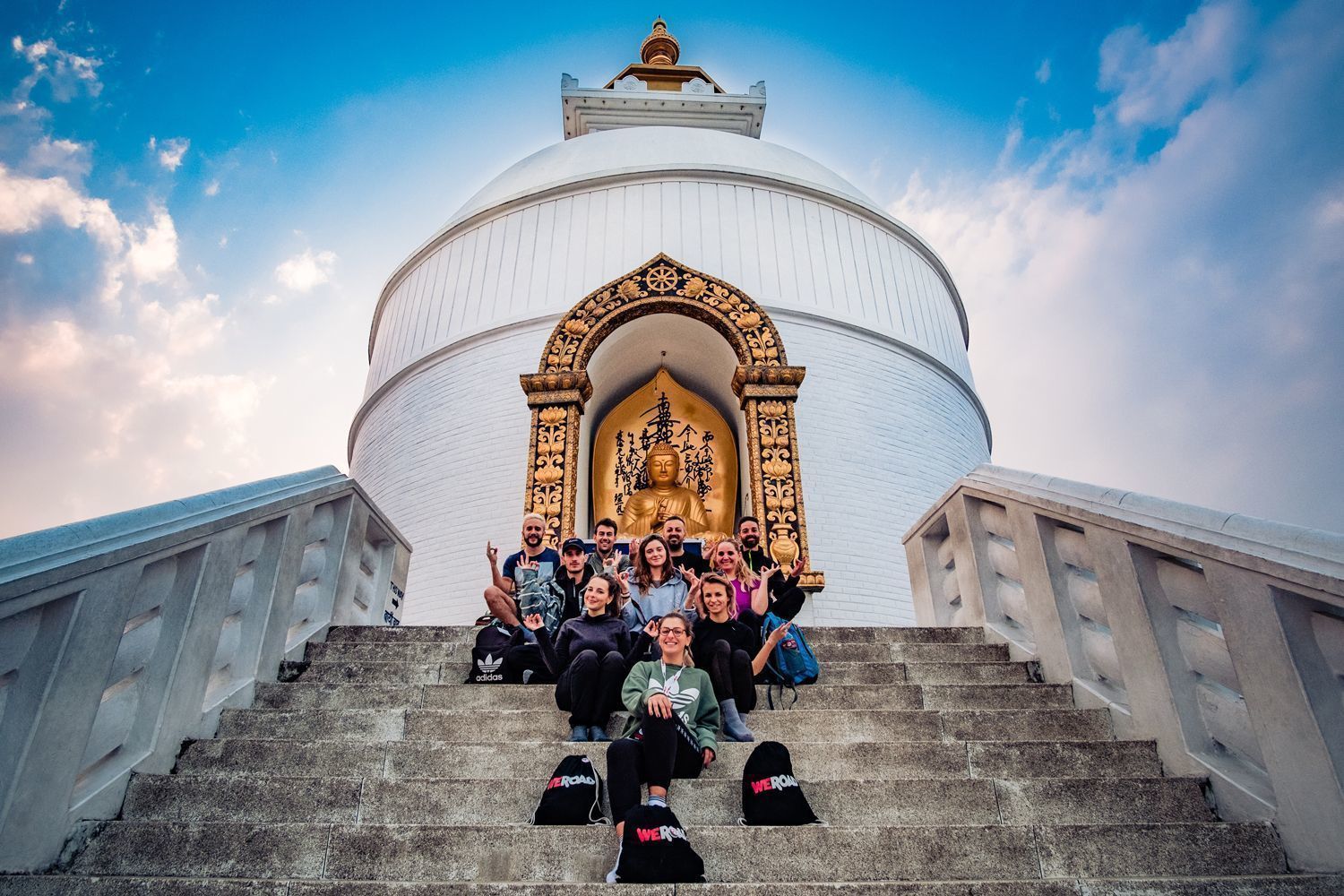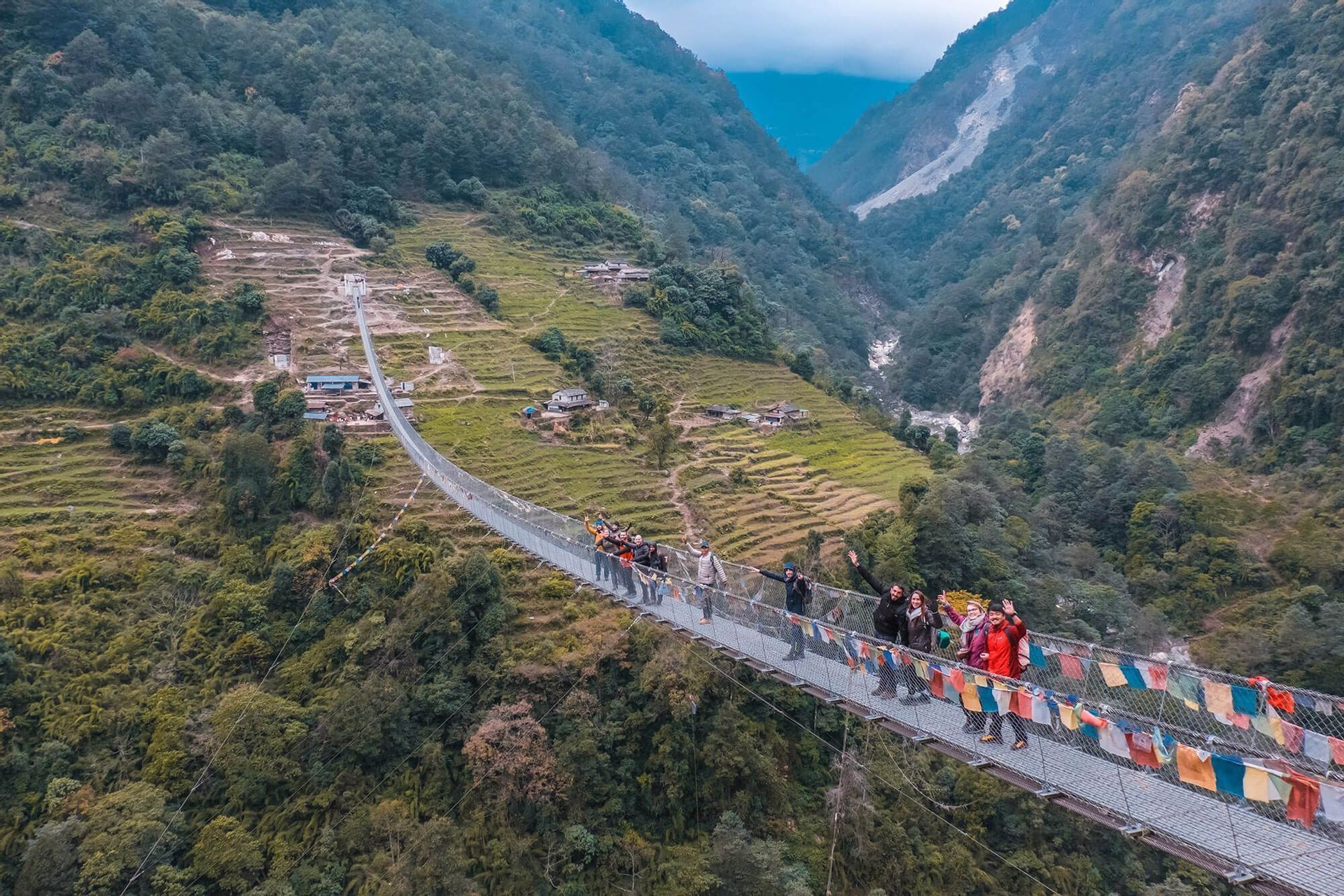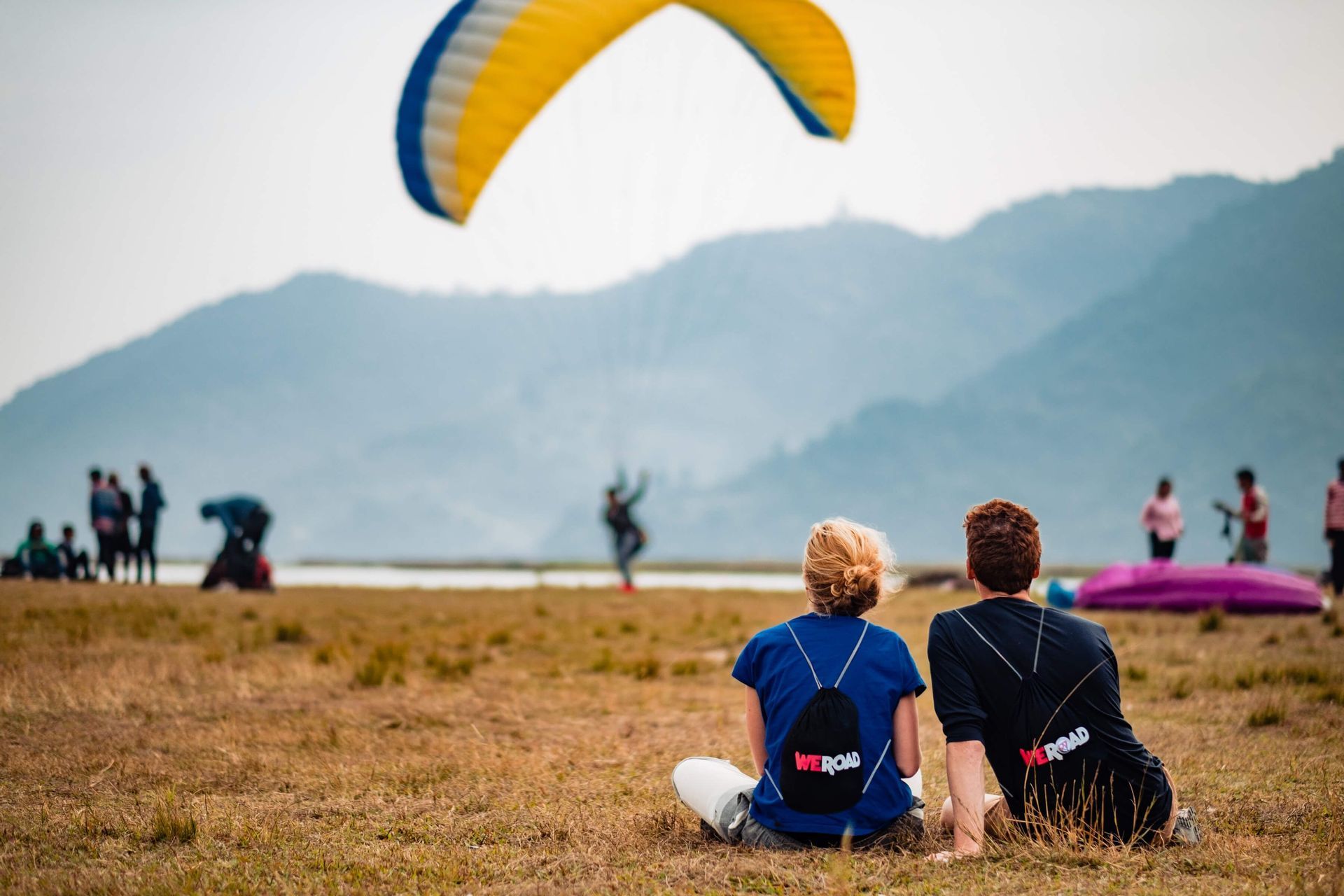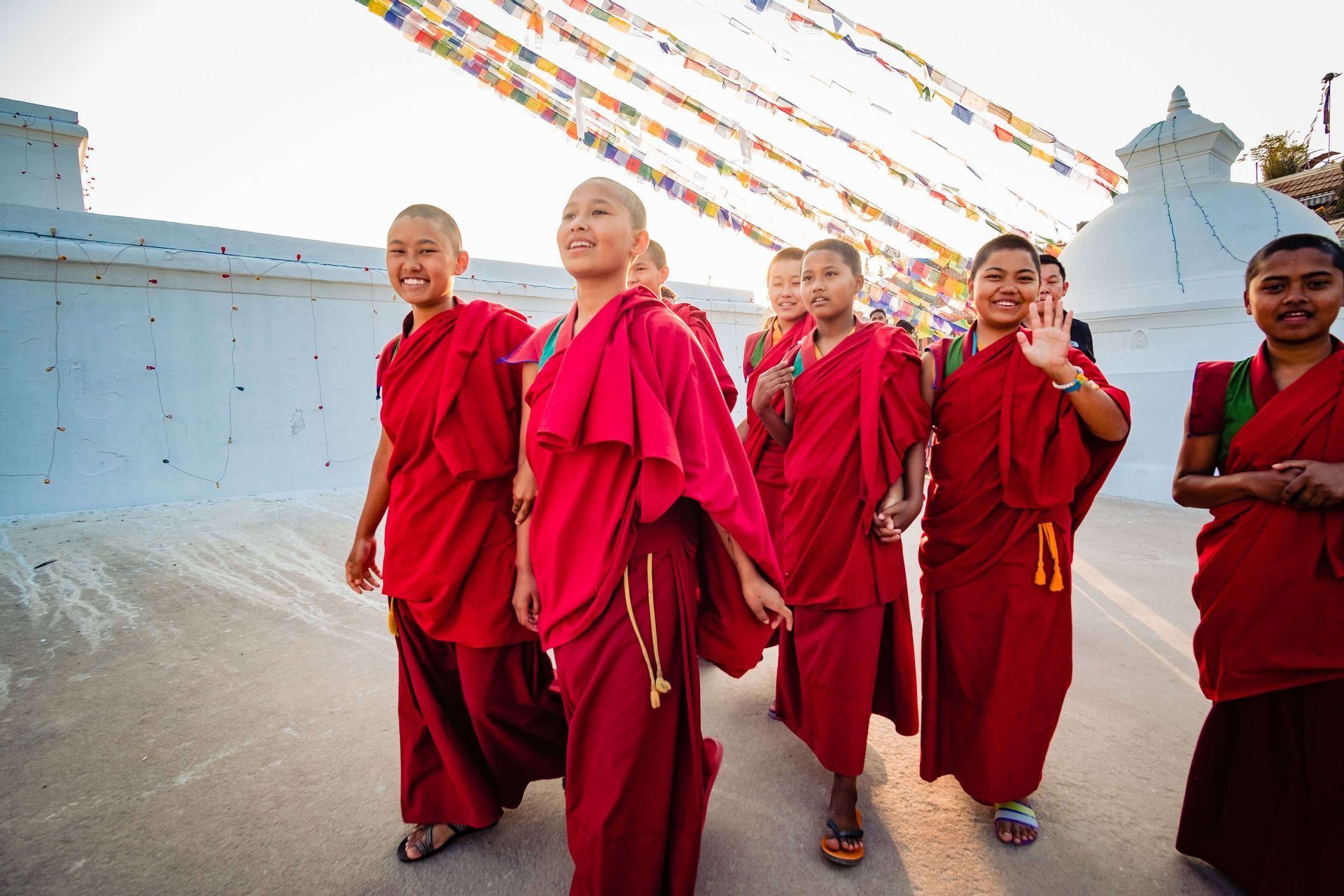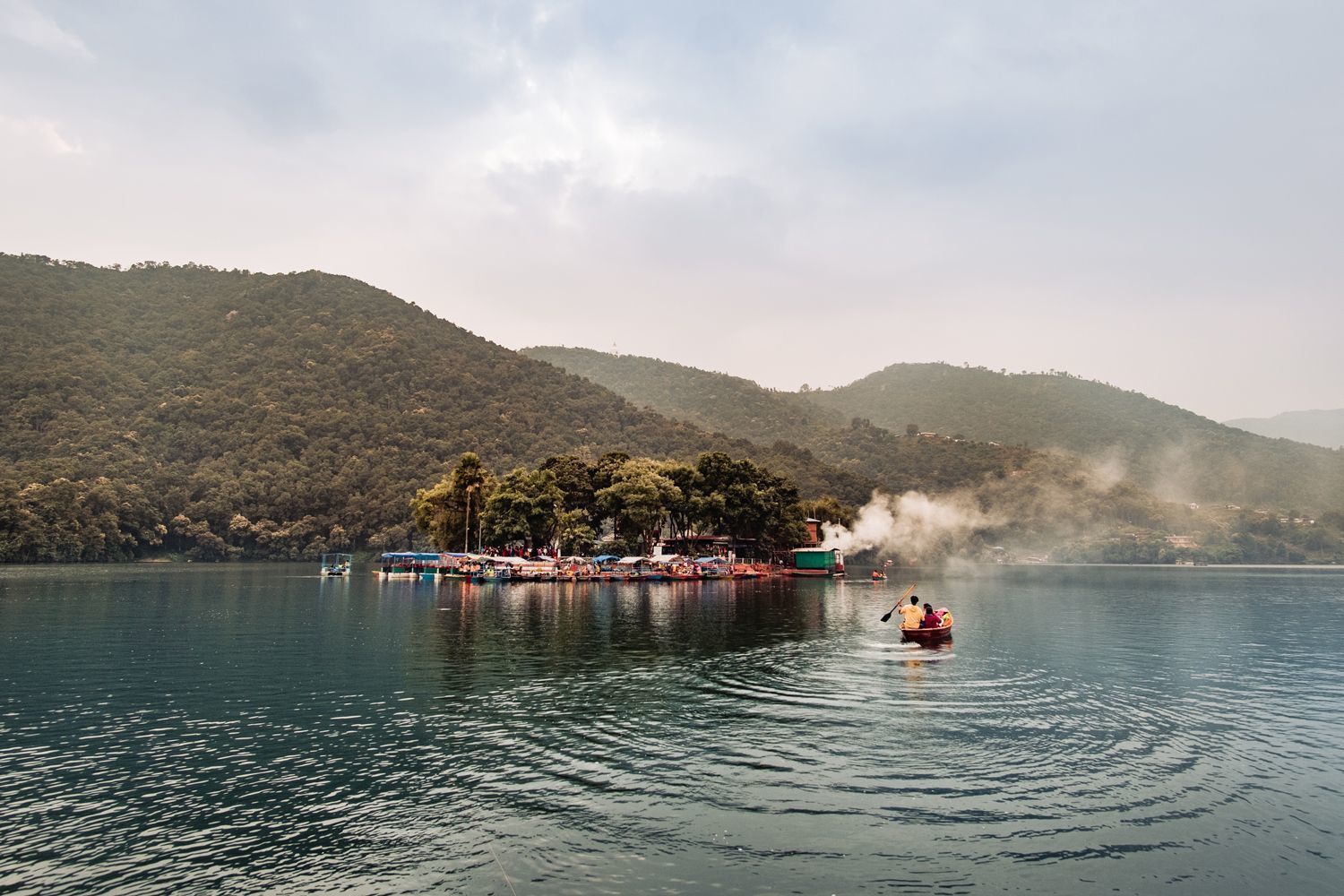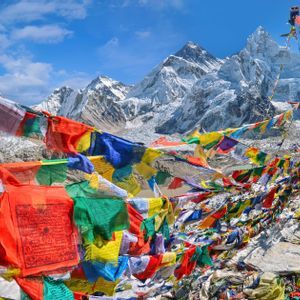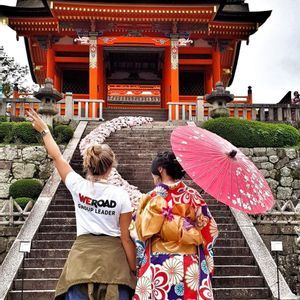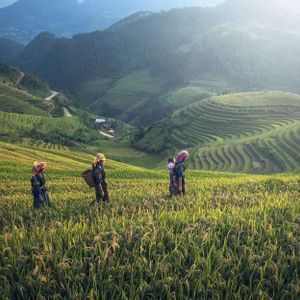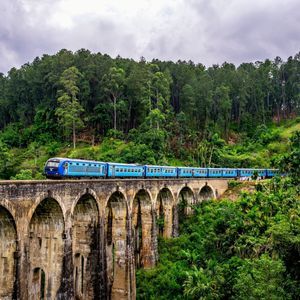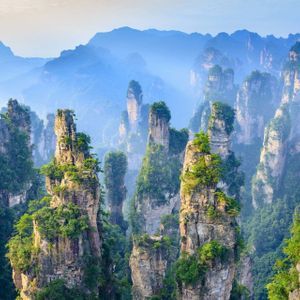The trip in a nutshell
Discover ancient traditions and untamed wilderness from Kathmandu to Annapurna. This is not your ordinary tour, but an adventure like no other. If you want to explore a magical country, rich in ancient customs and pristine natural beauty, then come join us for an unforgettable experience!
We'll be surrounded by the majestic peaks of the Himalayas, trekking at high altitudes, exploring Hindu and Buddhist temples full of mystique, meeting friendly locals, and getting lost in the dense jungle, where we might even spot some elephants, crocodiles, and Bengal tigers. We'll also get to savor new and exotic flavors and breathe in the unique atmosphere of Kathmandu, the capital of Nepal. A group trip to Nepal is a rollercoaster ride of emotions, a kaleidoscope of colours against the backdrop of snow-capped mountains. It's a bit of dust and noise, a humbling experience that fills us with joy and appreciation for the world. Don't miss out on this opportunity to explore the wonders of Nepal with us!
Trip type
360º - it's our great classic that allows you to discover the destination in all its aspects. We recommend packing a backpack rather than a suitcase as there will be lots of moving around.
Physical rating
HIGH - this itinerary involves hiking or similar adrenaline-pumping adventures so a high level of physical effort and adaptability is required. Be prepared for an active trip, potential long transfers and adventures like no other!
Entry requirements
Please visit your country's official government website to find out the necessary requirements for entering the country of destination.
Arrival and departure
This trip will begin and end in Kathmandu. Aim to arrive on the first day by 5pm - on the last day you are free to leave whenever!
